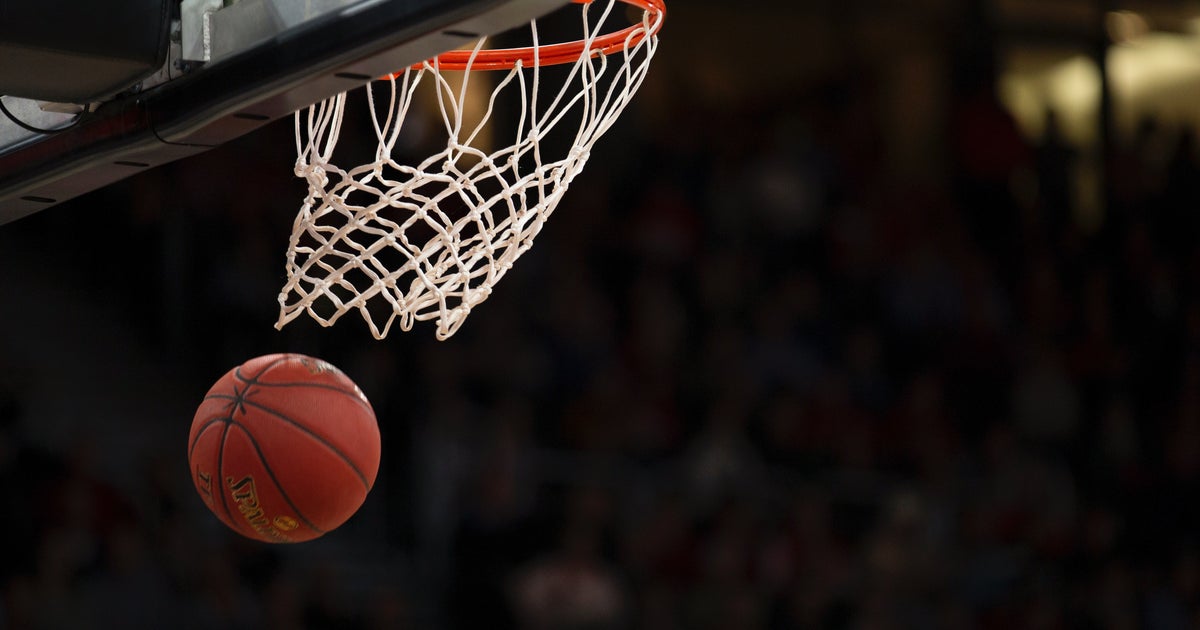This article is written by a student writer from the Her Campus at Vassar chapter and does not reflect the views of Her Campus.
Four years ago, the Phoenix Mercury WNBA team got kicked off their home court because ‘Disney On Ice’ was in town at the same time as their playoff game. This weekend, the Jonas Brothers rescheduled their concert at the Phoenix Arena because this same team has advanced to the playoffs and secured another game.
The WNBA has faced an unprecedented growth rate in the last two years, and fan engagement appears to only be rising. With the increased popularity of women’s college basketball, thanks to talent from teams such as UConn, Iowa, South Carolina, and more, the WNBA has had to shift its marketing tactics to accommodate this growing fanbase and ensure that these new fans don’t leave women’s basketball in the dust as soon as their favorite college players graduate.
The 2023-2024 college basketball season brought in record-breaking viewership as the entire world became captivated by the force that is Caitlin Clark. The world watched Iowa break records, and soon became interested in college basketball beyond the Carver-Hawkeye Arena. Other players like Angel Reese, Juju Watkins, Paige Bueckers, Georgia Amoore, and many more began to catch the attention of people all across the country, especially teenage girls. With this growth, the WNBA has quickly adapted its marketing strategies in an effort to retain these record-high viewership rates and continue to attract new fans.
Since many people enter the world of the WNBA through the following of a favorite college ball player, one phenomenon that continues to occur is the pitting of individual players against each other. With most sports, you typically see team rivalries, but with the new popularity of the WNBA, people seem to only feel attached to one specific player. This can often lead to individual rivalries, which are frequently more harmful than they are helpful. However, the WNBA strategists see people caring about a fight and tuning in to the games, so they continue to push false narratives of these one-on-one rivalries. Caitlin Clark versus Angel Reese is an excellent example of this. Both of these players entered the league in 2024 and were immediately pitted against each other after their college dynamics. The rivalry between these two players led to greater issues regarding game conduct and racism, but also brought in tons of viewers who just wanted to see a good fight. However, most players speak openly about how these rivalries are fabricated and bring an unnecessarily negative image to the game. If the players are so against it, why doesn’t the league shut it down? Because it helps bring in revenue that they have never seen before.
Another way that individual players and fan-favorites are used to promote league growth can be seen in teams’ individual social media accounts. Most teams will make an occasional video where someone asks everyone on the team a question, and then fans get to hear the answers. What these creators do, however, is show the most popular player on the team hearing the question, then they cut to a few other people’s answers, maybe show the popular player thinking it through even more, let a few others answer, and then finally, at the end of the video, you hear the response from the fan-favorite player. Viewers are drawn in by the initial pull of this star player and then stick around to hear what their answer is. This technique guarantees that most viewers are not scrolling past the video after the first few seconds and often watch it in full. This way, the team account receives all the compensation and viewership that comes from interaction with social media pages.
The WNBA is also taking this opportunity to appeal to queer communities. As many players are a part of the LGBTQ+ community, many fans are as well. The WNBA partnered with Bumble to do date-night ticket giveaways, which ended up becoming one of the most engaged-with in-app promotions that the company has ever run. Formerly, the WNBA marketed all of its players with a “don’t ask, don’t tell” policy, attempting to turn all these players into an idealized image of the girl next door. Nowadays, the league is profiting off of their players being pillars in the queer community, and is making efforts to attract more of a queer fanbase.
The power of social media has played an integral role in the expansion of women’s basketball. Where would we be if we didn’t have Paige Bueckers and KK Arnold doing TikTok dances in the UConn locker room, or Marina Mabrey and Saniya Rivers hard launching their relationship on the world’s for you page? Iconic players such as the duo the StudBuz, Courtney Williams, and Natisha Hiedeman of the Minnesota Lynx, have offered fans exclusive behind-the-scenes content, most notably their 72-hour livestream during the infamous 2025 All-Star Weekend Games.
In this time of growth, the WNBA is continuing to make an effort to only work with brands that align with its mission and morals. People seem to think that the WNBA is fumbling this marketing opportunity that comes with the growing popularity of the sport, but fans are increasing engagement is up, and the league is doing very well compared to how it has been in the past.

